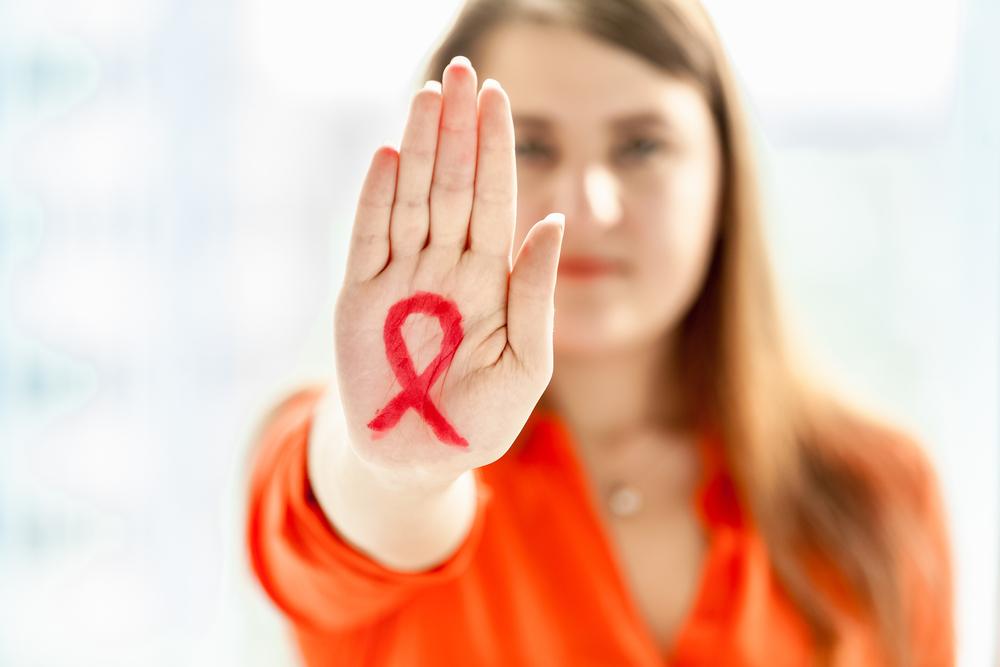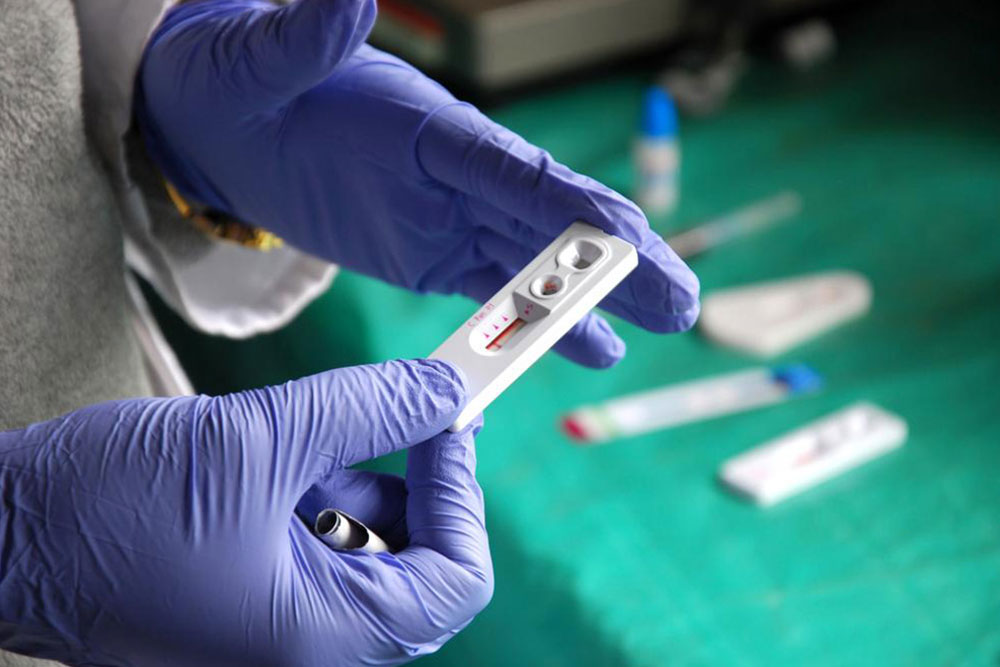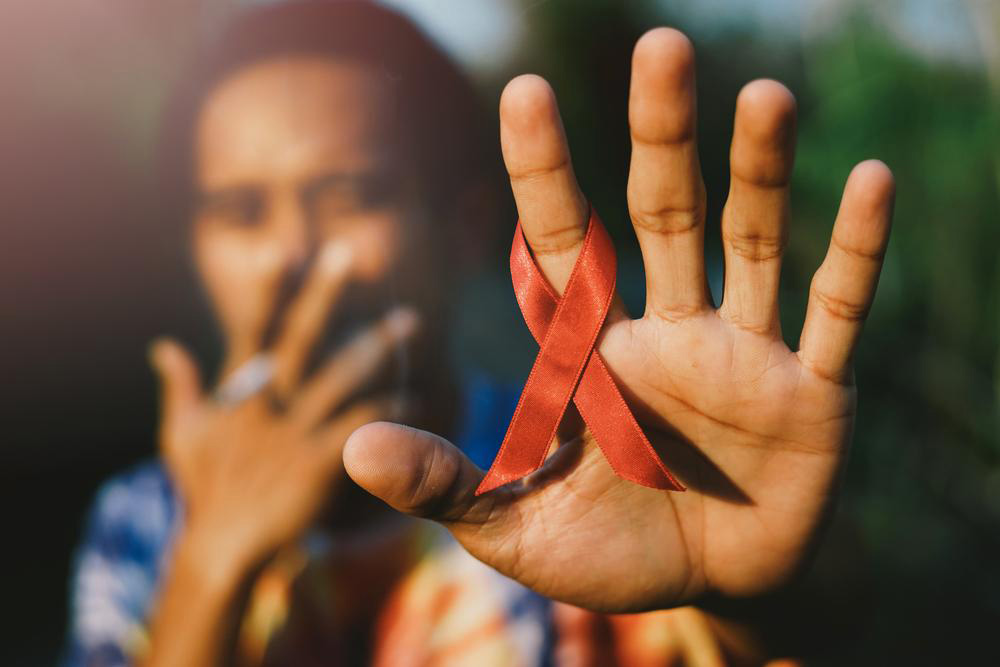Comprehensive Guide to Recognizing Early Signs of HIV Infection
This comprehensive article explores the early signs of HIV infection, emphasizing the importance of early detection, symptoms, risk factors, and preventive measures. Understanding these indicators can lead to timely diagnosis and treatment, significantly improving health outcomes and reducing transmission risks. Targeted awareness and testing strategies are vital in controlling the spread of HIV, especially among high-risk populations. Stay informed and proactive about HIV prevention and management with this detailed guide.

HIV (Human Immunodeficiency Virus) is a complex virus that primarily targets the immune system's CD4 cells, also known as T-helper cells. These cells play a pivotal role in defending the body against infections. When HIV infiltrates these cells, it gradually depletes their numbers, weakening the immune response over time. If left undiagnosed and untreated, HIV can lead to Acquired Immunodeficiency Syndrome (AIDS), a severe condition that severely impairs the immune system's ability to fight off opportunistic infections and certain cancers. Understanding and identifying the initial indicators of HIV infection are essential steps in early diagnosis, which can greatly influence treatment success and improve the overall quality of life for affected individuals.
HIV transmission occurs through contact with infected bodily fluids such as blood, semen, vaginal fluids, rectal fluids, and breast milk. The most common routes include unprotected sexual contact, sharing contaminated needles, from mother to child during childbirth or breastfeeding, and less commonly through transfusions of infected blood products. Given the modes of transmission, awareness and preventive measures such as safe sex practices, regular testing, and needle exchange programs are critical elements in controlling the spread of HIV worldwide.
Early Symptoms of HIV Infection: What to Watch For
One of the most challenging aspects of HIV is that its early symptoms often mimic other common illnesses, making it difficult to identify without testing. Typically, symptoms appear within 2 to 6 weeks after exposure but can sometimes be delayed or mild. Recognizing these signs promptly can lead to early diagnosis and treatment, which significantly alters the disease course.
Flu-Like Symptoms
The initial stage of HIV infection, often referred to as acute retroviral syndrome or seroconversion illness, is characterized by symptoms similar to those of influenza or mononucleosis. These include:
Fever
Swollen lymph nodes
Sore throat
Muscle and joint aches
Headache
Fatigue and weakness
Rash on the skin
These symptoms tend to be mild or moderate, sometimes overlooked or mistaken for other illnesses, leading to a delay in testing and diagnosis.
Other Early Indicators
In addition to flu-like symptoms, early HIV infection can also present with:
Dry cough
Night sweats
Nausea and vomiting
Diarrhea
Unexplained weight loss
Persistent skin rashes or sores
Oral thrush or yeast infections in the mouth
These symptoms reflect the body's immune response attempting to combat the virus, alongside the virus's ongoing replication and dissemination throughout the body.
Demographics Most at Risk
While HIV can infect individuals regardless of age, gender, or background, certain groups are statistically more vulnerable to early infection. Young adults aged 20-29 are particularly at higher risk, owing to factors such as increased likelihood of unprotected sex, concurrent partners, and engagement in certain social behaviors. Men who have sex with men, injection drug users, and individuals with multiple sexual partners are also at heightened risk.
Awareness campaigns and targeted testing in these populations are crucial strategies for early detection and intervention.
The Importance of Early Detection and Testing
Early diagnosis of HIV is vital for several reasons:
Start of antiretroviral therapy (ART) promptly reduces the viral load, preserving immune function.
Reduces the risk of transmitting the virus to others.
Prevents progression to AIDS and reduces the incidence of associated opportunistic infections and cancers.
Allows individuals to lead healthier, more productive lives with appropriate medical care.
Testing options include blood tests, saliva tests, and rapid diagnostic tests, which are highly accurate if used correctly. Regular testing for at-risk populations is recommended to identify infection at the earliest stage possible.
Preventive Measures and Awareness
Preventing HIV infection is possible through various strategies:
Consistent and correct use of condoms during sexual activity.
Pre-exposure prophylaxis (PrEP) for high-risk individuals.
Regular screening and testing for HIV and other sexually transmitted infections (STIs).
Avoiding sharing needles or other drug paraphernalia.
Ensuring blood products are tested and safe.
Education and awareness programs to dispel myths and promote safe behaviors.
Community outreach, healthcare provider training, and public health policies are fundamental to reducing new HIV infections and ensuring early detection among vulnerable populations.
Conclusion
Recognizing the early signs of HIV infection is crucial for timely diagnosis and effective management. Symptoms such as flu-like illness, swollen lymph nodes, and skin rashes should prompt individuals to seek testing, especially if they belong to high-risk groups. Advances in HIV treatment have transformed the disease into a manageable condition when diagnosed early. Therefore, awareness, regular testing, and preventive measures are key components in combating the spread of HIV and improving outcomes for those infected.





